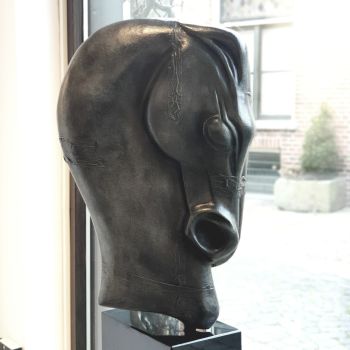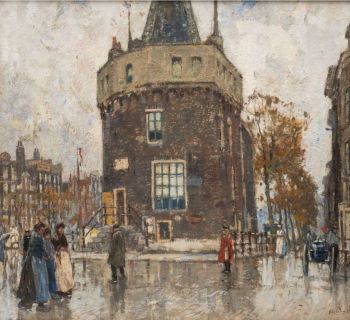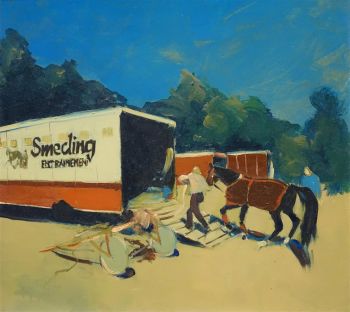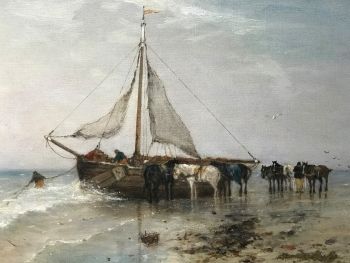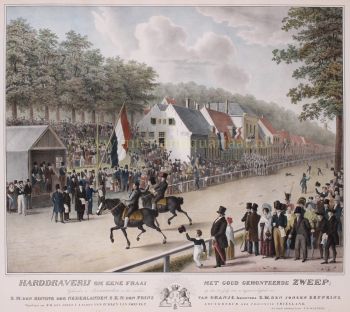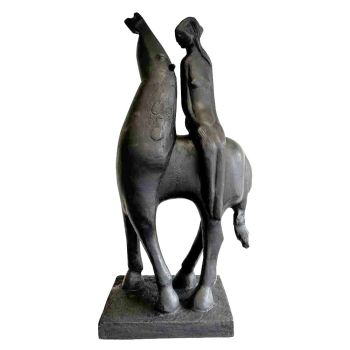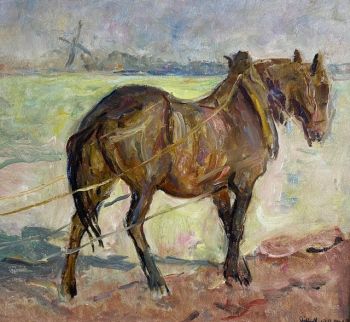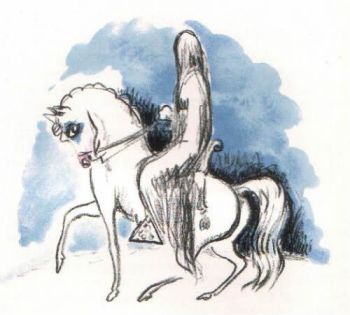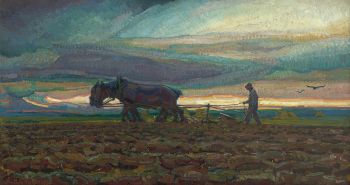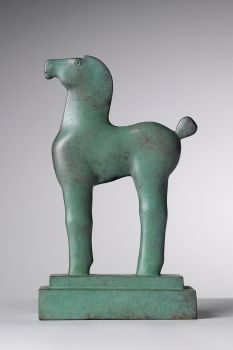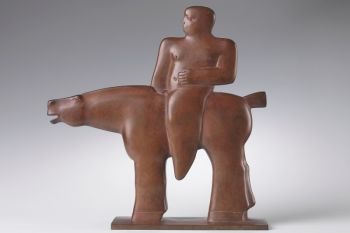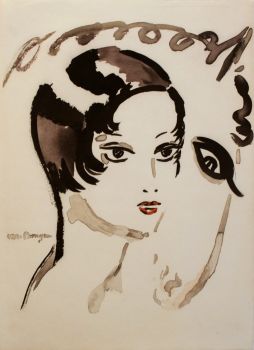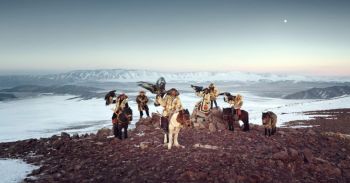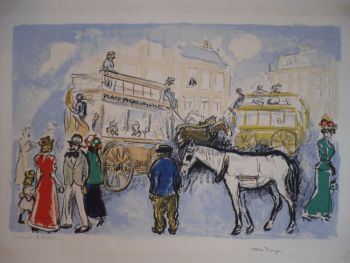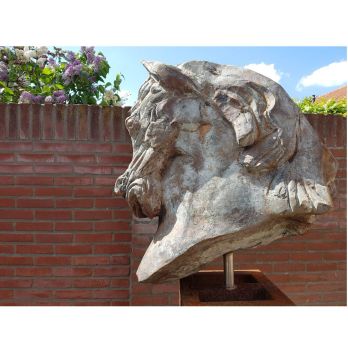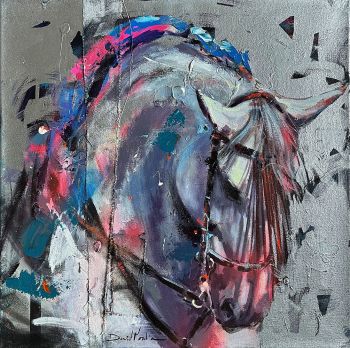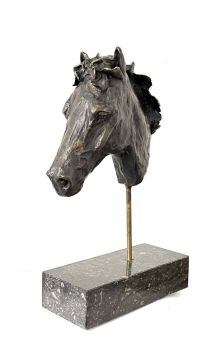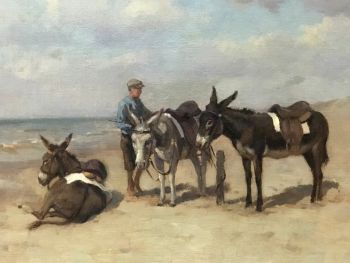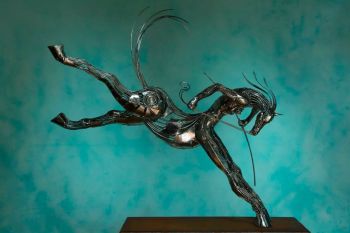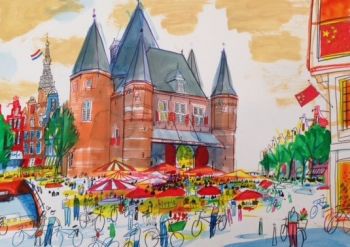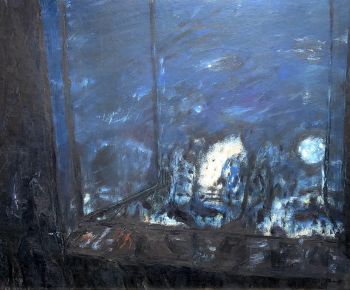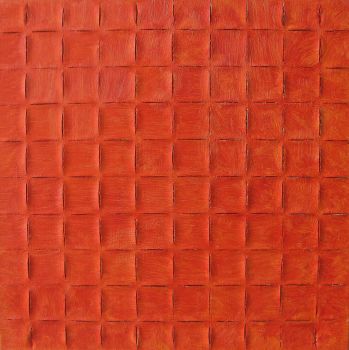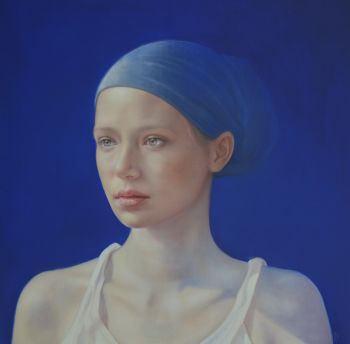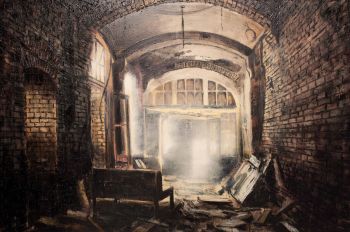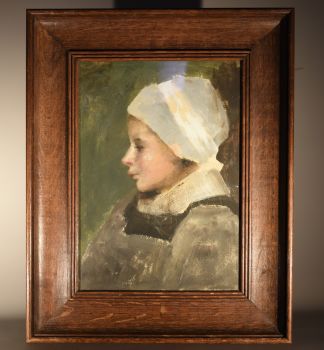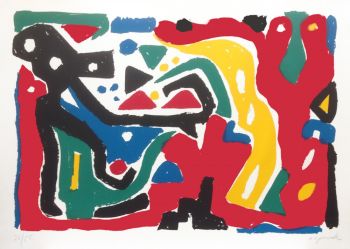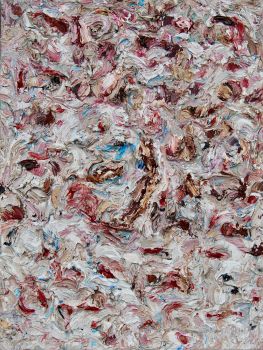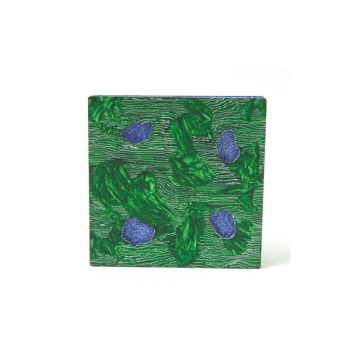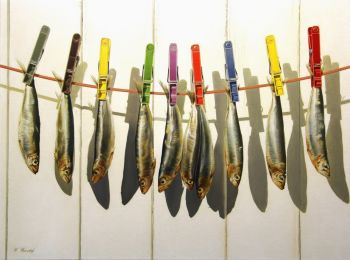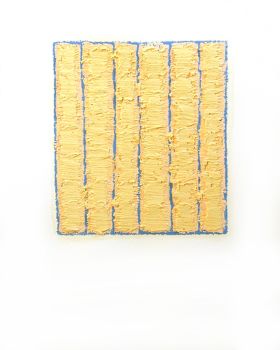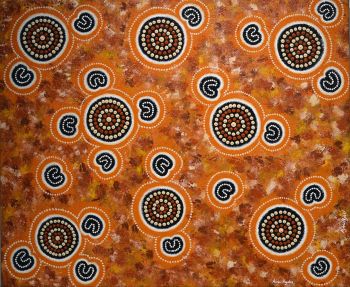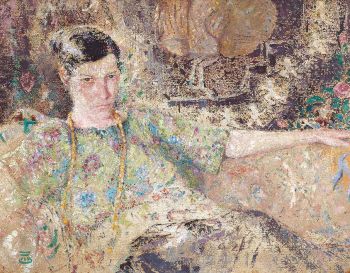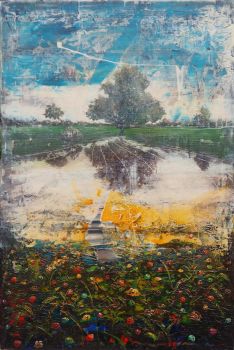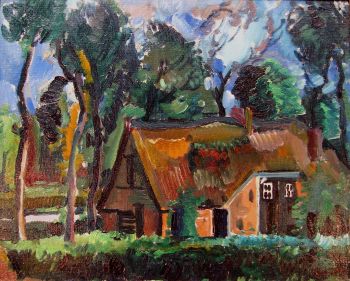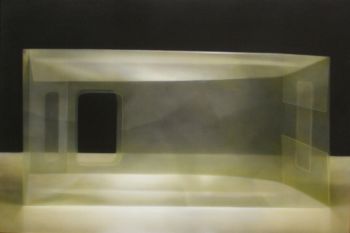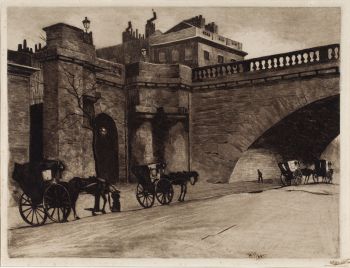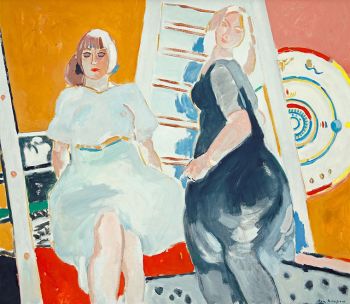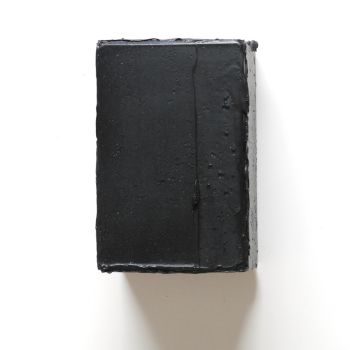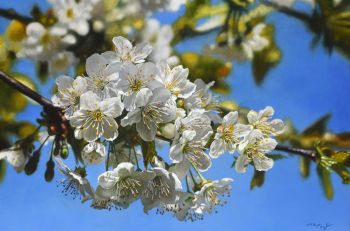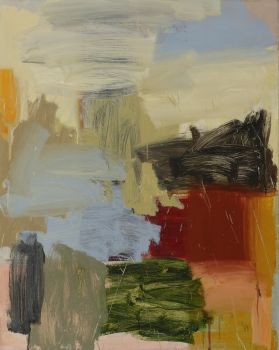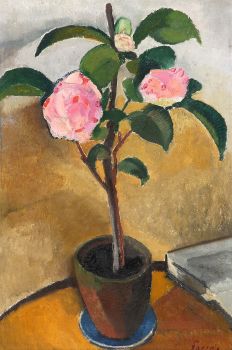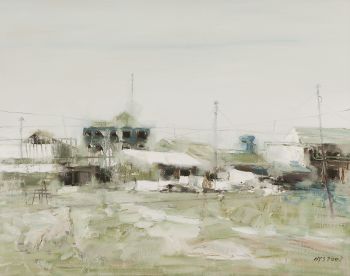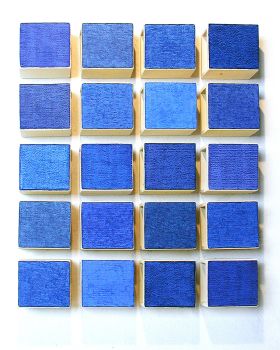Horses in action: a great series of 50 horse plates, with the original drawing for the second plate 1840
Johann Elias Ridinger
PapelPintura
Actualmente no disponible a través de Gallerease
- Sobre la obra de arteRIDINGER, Johann Elias.
Vorstellung der Pferde, nach ihren Hauptfarben, und derselben verschiedenen Abtheilungen, Complexion, und der daraus entspringenden Beschaffenheit. | Description du cheval, selon ses poils principaux, & leurs diverses divisions, sa complexion, & les qualités qui en resultent.
[Augsburg, Martin Elias Ridinger and Johann Jakob Ridinger, 1770 or ca. 1768]. 4to. With an engraved allegorical frontispiece, 50 plates with captions in German and French, conceived, drawn and engraved by Ridinger. All plates, including frontispiece, beautifully coloured by a contemporary hand as published, some highlighted with white chalk.
Mottled, tanned half sheepskin (ca. 1840); recased.
With: (2) RIDINGER, Johann Elias. [Die guthe Gestalt eines Pferdes| La beauté et les parties exterieures du Cheval].
[Augsburg, ca. 1765]. Drawing in pen and brown ink, ink washes and white chalk on grey-blue paper (24 x 17 cm, frame of pen-drawn rules 18.5 x 13.5 cm, with an empty panel at the foot for the title), for the second plate of Vorstellung der Pferde. With the small ink stamp of an eagle (9.5 x 7 mm) from the collection of Aldalbert Freiherr von Lanna (1836-1909). In a passe partout.
Rare first edition, in German and French, of a great coloured print series, with a 39-page letterpress text, showing horses in a wide variety of colours and patterns by Johann Elias Ridinger (1698-1767), a German painter, graphic artist and engraver of animals, most famous for his horses: "one of the most beautiful illustrated animal books of the 18th century ... lavishly illustrated and also very rare" (Dejager). Together with the book we offer Ridinger's fine original pen and ink, ink wash and chalk drawing for the second plate. While many books or print series on horses show them standing or occasionally running in a race, most portraits in the present series show them much more naturally: stamping or pawing the ground, rearing up, jumping, kicking, sitting and rolling on the ground. When they do stand still they are often turning their heads.
With significant tears in 2 plates, unobtrusively repaired without loss, but otherwise in good condition, with minor, mostly marginal repairs, small smudges or stains, or minor browned patches in a few other plates. The drawing has a minor crease in the paper, affecting only the background, but is otherwise in fine condition, with only a couple minor marginal defects, not approaching the drawn image. A beautiful and charming horse book, essential to any collection, with the original drawing for one of the plates in fine condition.
Cobres 310; Dejager 252; Mennessier de la Lance II, 429; Nissen, ZBI 3418; for the Adalbert von Lanna collection: Lugt I, pp. 516 ff. (no. 2773). - Sobre el artistaJohann Elias Ridinger nació el 16 de febrero de 1698 en Ulm, Alemania. A menudo se le considera uno de los grabadores de animales y escenas de caza más famosos de Alemania. Ridinger aprendió el arte del grabado de Georg Philipp Rugendas. También pasó una cantidad considerable de tiempo en Ratisbona, donde sus visitas a escuelas de equitación demostraron ser de gran influencia para su posterior desarrollo artístico. Sus grabados incorporan movimiento ornamental según el estilo rococó. En 1759, Ridinger se convirtió en director de la Augsburg Stadtakademie. Sus dibujos eran precisos y de buen gusto y, por lo tanto, su trabajo tenía una gran demanda y, a menudo, se trasladaba a platos, teteras y otras cerámicas. Ridinger falleció en 1767.
Artwork details
Related artworks
Tilmanus Nicolaus Maastricht
Missale Romanum con monturas de plata holandesas1788 - 1792
Precio a consultarJacob J. Roosjen SRI
Antonie Derkinderen
Memory book Exhibition of Dutch Painting1892
Precio a consultarKunsthandel Pygmalion
Engelbert Kaempfer
LIBRO DE ENGELBERT KAEMPFER1651 - 1716
Precio a consultarZebregs & Röell - Fine Art - Antiques
Antonie Derkinderen
Memory book Exhibition of Dutch Painting1892
Precio a consultarKunsthandel Pygmalion
Yoko Ono
YOKO ONO: "ARISING" SIGNED BOOK PLUS SMALL ARTWORK 2010 - 2014
Precio a consultarGallerease Selected
Tilmanus Nicolaus Maastricht
Missale Romanum con monturas de plata holandesas1788 - 1792
Precio a consultarJacob J. Roosjen SRI
Engelbert Kaempfer
LIBRO DE ENGELBERT KAEMPFER1651 - 1716
Precio a consultarZebregs & Röell - Fine Art - Antiques
LAWRENCE WEINER
"SKIMMING THE WATER [MENAGE A QUATRE]" Signed book plus small artwork2010 - 2014
Precio a consultarGallerease Selected
1 - 4 / 22- 1 - 4 / 24
Rene Rietmeyer
"PORTRAIT OF YAYOI KUSAMA JUNE 1999"1999
Precio a consultarEuropean Cultural Centre Collection
Marcel Jefferys
Jeune femme au collier dans un intérieur1890 - 1922
Precio a consultarStudio 2000 Art Gallery
Willem Witsen
Waiting carriages in front of Waterloo Bridge1850 - 1900
Precio a consultarKunsthandel Pygmalion
1 - 4 / 24

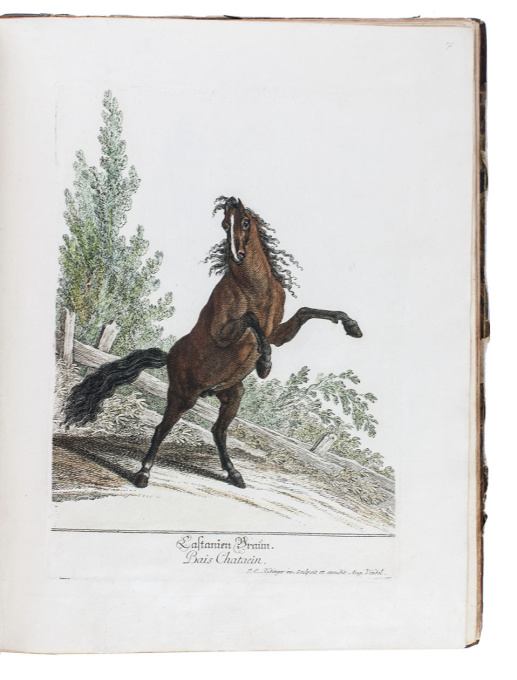




























!["SKIMMING THE WATER [MENAGE A QUATRE]" Signed book plus small artwork by LAWRENCE WEINER](https://media-2.gallerease.com/images/442bfd5f-fc31-4e18-a2fa-ee0c08eade64/350x350/skimming-the-water-menage-a-quatre-signed-book-plus-small-artwork.jpg)
